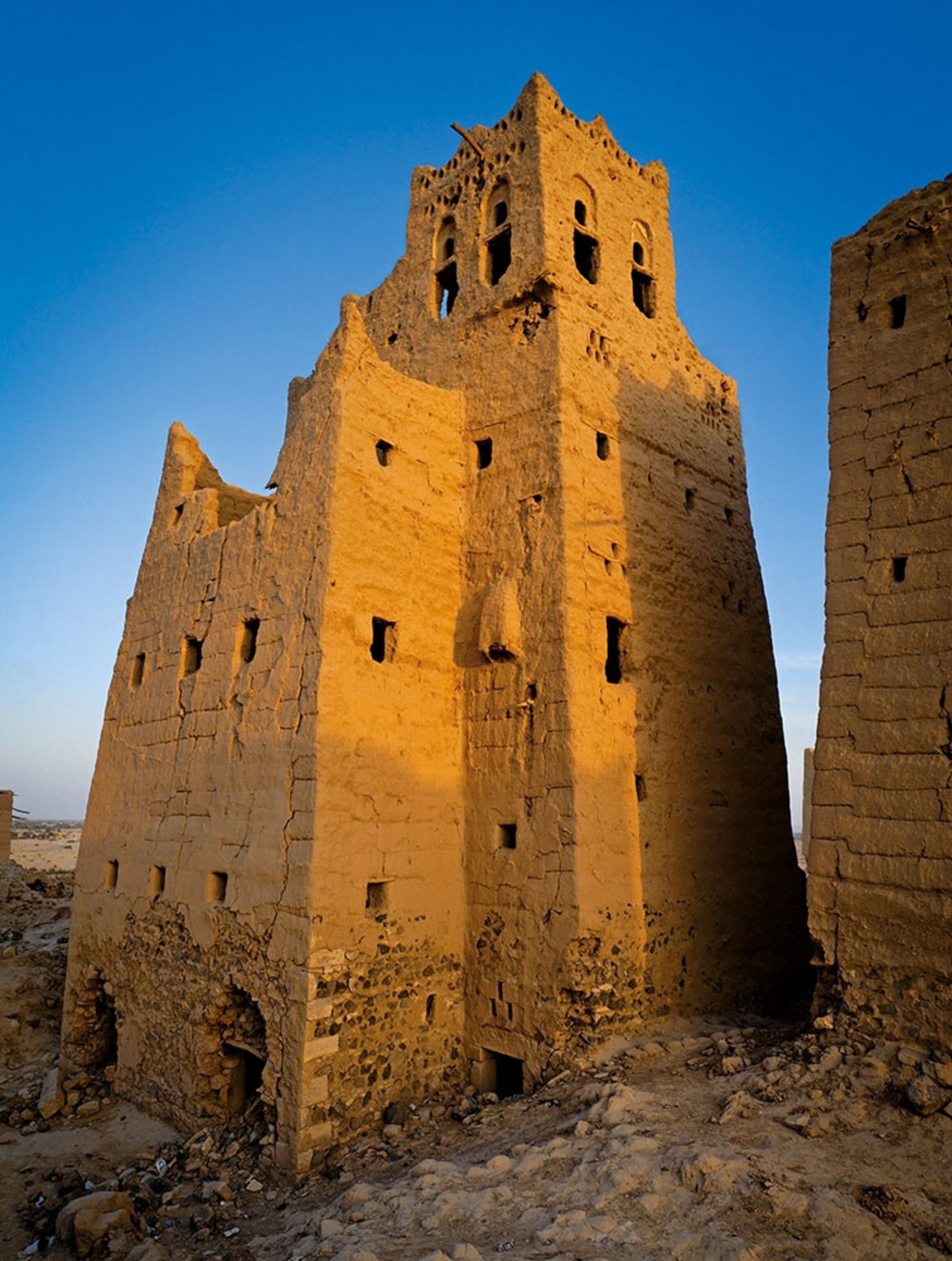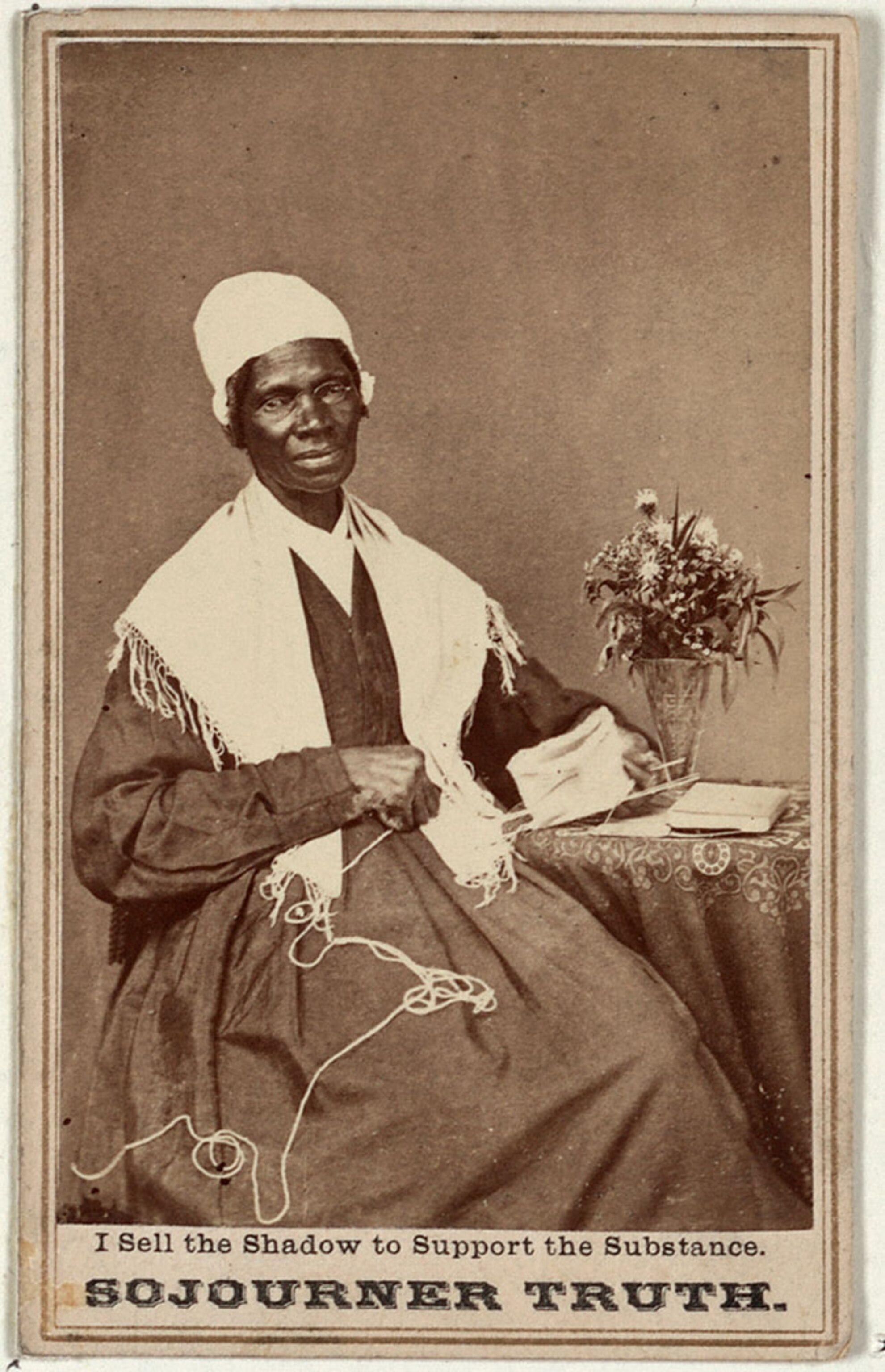
When Solomon met Sheba
This article is an adaptation of our weekly History newsletter that was originally sent out on June 7, 2021. Want this in your inbox? Sign up here.
By Amy Briggs, Executive Editor, Nat Geo History magazine
From operas, to poetry, to paintings (pictured above)—it’s no secret that the relationship of the Queen of Sheba and King Solomon has captured people’s imaginations for millennia.
Ever since the pair debuted in the biblical books of Kings and Chronicles, their story has become a wellspring for a rich literary and artistic tradition, one that crosses cultures and faiths. Jewish historian Flavius Josephus praises her intelligence in his first-century A.D Antiquities of the Jews. Composed in the 1740s, George Frideric Handel’s “The Arrival of the Queen of Sheba” imbues their royal summit with a lively spirit. In the 19th century, Persian artists were painting the queen’s beauty in sumptuous detail.
Even in the 20th century, the story had enough pull to make it to the big screen, most notably in 1959 when Yul Bryner (no stranger to playing powerful ancient kings—see 1956’s The Ten Commandments ) stars as Solomon and Gina Lollabrigida is the sultry Sheba.
That technicolor extravaganza doesn’t stick too closely to the biblical version of events. It would be a very short picture if it did—in the Old Testament, Solomon and Sheba’s meeting lasts just several verses.
How did such a short story manage to fascinate so many for so long? The answer may be found in the unsolved mystery of Sheba.
Scholars agree where Solomon’s Jerusalem was located, but there is no widespread agreement on where ancient Sheba was. There are two leading contenders, each on the opposite side of the Red Sea: the ancient kingdom of Saba (the remains of its capital, in modern Yemen) and the kingdom of Aksum (in modern Ethiopia).
Lying at the crossroads of trading routes between Egypt, Arabia, and Persia, the Sabaean culture flourished between the eighth century B.C. and the fourth century A.D. American explorer Wendell Phillips ventured there in the 1950s to search for signs of the Queen of Sheba. His team excavated sites around Marib, Saba’s ancient capital (pictured above), and its glorious Awwam Temple, but found no evidence of the queen.
Josephus’s first-century history describes the queen as being from “Egypt and Ethiopia.” In the 1300s, Ethiopian authors wrote the Kebra Nagast (Glory of Kings) that adds a key twist to the story. In this version, the queen becomes pregnant with Solomon’s son, who will rule Ethiopia. This origin story became the foundation for the Solomonic dynasty that ruled for more than seven centuries. Several of Ethiopia’s archaeological sites, including the remains of Dongar Palace, are associated with the Queen of Sheba.
Each site has a strong case, and hopefully more investigation into their claims will continue when conflicts subside. If the mystery is solved, will the allure of Sheba and Solomon endure? It remains to be seen.
Do you get this newsletter daily? If not, sign up here or forward this to a friend.
TODAY IN A MINUTE
Bezos in space: He’s stepping down as Amazon chief executive early next month. What next? Well, as Jeff Bezos announced this morning, he and his brother Mike will be among the inaugural crew of Blue Origin’s New Shepard spacecraft. “Ever since I was five years old, I’ve dreamed of traveling to space,” Bezos wrote on Instagram. The space-travel company’s suborbital hop is scheduled for July 20 from West Texas, the Wall Street Journal reports.
What if there’s no herd immunity? Public health officials have reassuring news. Even if only 50 percent to 70 percent of Americans have gotten the highly effective vaccines against COVID-19, there will be a gradient of reduced exposure and transmission of the pandemic, Nat Geo’s Amy McKeever finds. That means the higher the vaccination rate for your community or state, the lower the chance of exposure. The virus has killed nearly 600,000 Americans.
Love for American Girls endures: The original American Girls dolls are for sale again, to celebrate the brand’s 35th anniversary, and fans couldn’t be happier. It’s been more than a decade since the company “archived” some of the historical figures but the social media reaction to their revival demonstrates just how much they influenced young girls, Smithsonian reports.
When Tulsa is personal: Nat Geo’s Tucker C. Toole remembers his grandfather taking him aside years ago to tell him he had an ancestor who was wealthy on Tulsa’s “Black Wall Street” before whites destroyed his properties and killed hundreds of Blacks. Only when reporting on the 100-year anniversary of the Tulsa Massacre did Tucker fully understand. Toole’s great-great-great grandfather, J.B. Stradford, escaped lynching, but never returned to Tulsa’s Greenwood neighborhood, Toole writes. See the trailer from Rise Again: Tulsa and the Red Summer, the documentary film premiering June 18 on the National Geographic Channel. And see related stories on our Race in America page.
Related: Catch the next Nat Geo Virtual Field Trip: Revisiting History on Wednesday at 1 p.m. ET. Explorer Tara Roberts explores sunken slave ships and DeNeen L. Brown reveals missing details from the Tulsa Massacre. Register here.
PHOTO OF THE DAY
Just married: In Murzasichle, Poland, a bride and groom ride in a carriage after their wedding ceremony. This photo, recently part of our popular Photo of the Day collection of archival images, appeared in a 1981 story about the lives and traditions of Górale people in southern Poland.
THE BIG TAKEAWAY
The terrifying early days of AIDS: Four decades ago, infectious disease expert Anthony Fauci was preoccupied with a mysterious disease attacking gay men. As he read early reports about the disease, “I got chills up and down my spine,” Fauci told Bill Newcott for Nat Geo. Even as he and other researchers worked day and night on this new illness, they had little idea it would strike 75 million worldwide—and kill 35 million people. Fauci, pictured above briefing then-President Ronald Reagan’s Commission on AIDS, says that administration had never embraced efforts to educate the public and fully fund research.
IN A FEW WORDS
One of the things that history is good for is puncturing our sanctimonious self-satisfaction about our own moral rectitude.
Mary Beard, author of SPQR: A History of Ancient Rome
DID A FRIEND FORWARD THIS TO YOU?
On Tuesday, Robert Kunzig covers the environment. If you’re not a subscriber, sign up here to also get Victoria Jaggard on science, Rachael Bale on animal news, George Stone on travel, and Whitney Johnson on photography.
LAST GLIMPSE
Clarity: Sometimes a simple phrase can resonate deeper than an hour of oratory. Sojourner Truth, who was born into slavery and emerged as a leading advocate of abolition and women’s rights, once had to sit through a series of higher educated white women at a rally before she got a chance to speak. “I am a woman’s rights,” she declared. Truth (pictured above) often risked arrest—and was arrested—for speaking out, biographer Barbara Allen tells Nat Geo. Allen traveled to Angola, Indiana for yesterday’s unveiling of a statue of Truth, who was also her sixth great-grandmother.
We hope you’ve liked today’s newsletter. It was curated and edited by Monica Williams and David Beard (not related to historian Mary Beard). Jen Tse selected the photographs. Please send us ideas, links, and suggestions on how to make this better to david.beard@natgeo.com. Happy trails!




